Album: Faces and Injuries of the Civil War
Buried Soldiers

The Civil War claimed the lives of around 620,000 soldiers. Those who survived often had life-altering injuries. The destructive "minie ball" bullets used in the war had a tendency to shatter bones and limbs, and amputation was often the best option in the face of infection and sepsis. The following photos reveal the damage soldiers lived with in the era before functional prosthetics and disability rights.
Injured at Antietam
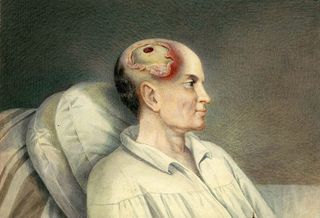
Private Patrick Hughes, Co. K, 4th New York Volunteers, was wounded at the battle of Antietam on Sept. 17, 1862.
Bullet Wound
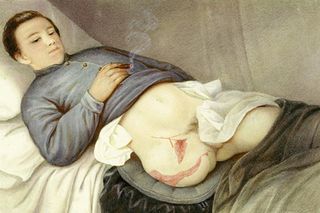
Private Eben Smith, Co. A, 11th Maine Volunteersm was wounded at Deep Bottom, Va., by a conoidal ball on Aug. 16, 1864. Primary amputation was done by acting assistant surgeon J.C. Morton on Sept. 14, 1864; the amputation at the hip was performed by acting assistant surgeon John H. Packard on Jan. 19, 1865. Conoidal bullets were cylindrical soft lead bullets that became widely used in the Civil War. They were large-caliber, so they did a lot of damage and were responsible for many amputations. Illustration by Baumgras.
Treating Lincoln
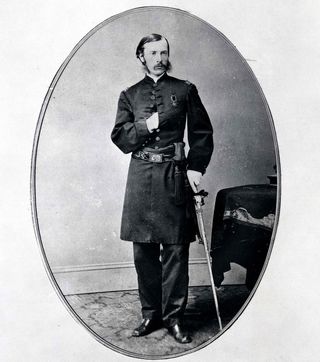
Dr. Charles A. Leale was the first physician to reach Lincoln after he was shot on April 15, 1865, by actor and Confederate sympathizer John Wilkes Booth.
Cracked Skull
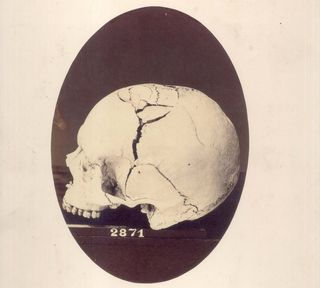
A Confederate soldier's Cranium extensively fractured by shell during the Civil War on July 12, 1864. Physician: Dr. Henry Dean.
Humerus Removal
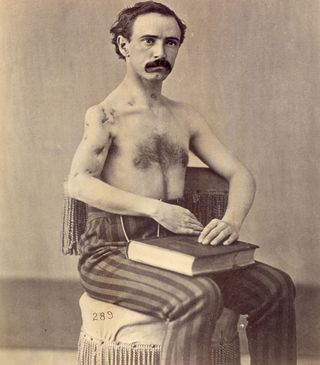
A case of recovery after the removal of the arm's humerus bone for a gunshot injury involving the trachea, clavicle and the shoulder joint. Pvt. James P. Kegerreis, Battery B, 2nd Pennsylvania Battalion Heavy Artillery, was wounded at Petersburg, Va., on June 17, 1864, by a conoidal ball (type of soft lead bullet), which entered just below the thyroid cartilage and to the left of the trachea, passed a little downward and to the right under the jugular vein, carrying away one of the wings of the trachea and emerging about a half-inch above the clavicle, was deflected in its course by hitting the butt of the musket and again entered in front of the right clavicle.
Wounded at Battle of Bull Run
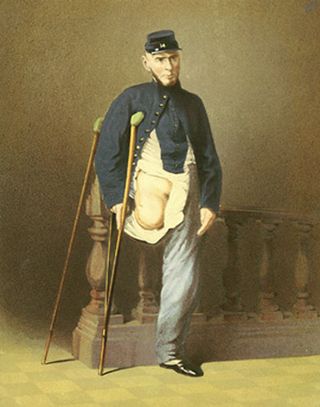
Private Lewis Francis, Co. I, 14th New York Militia, was wounded July 21, 1861, at the first battle of Bull Run by a bayonet to the knee. He was stabbed at least 14 more times. He died May 31, 1874.
Sign up for the Live Science daily newsletter now
Get the world’s most fascinating discoveries delivered straight to your inbox.
Army Medical Wagon
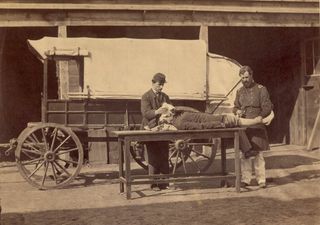
Called an army medical wagon, this image shows a demonstration of the use of anesthesia in amputations during the Civil War.
Henry Barnum
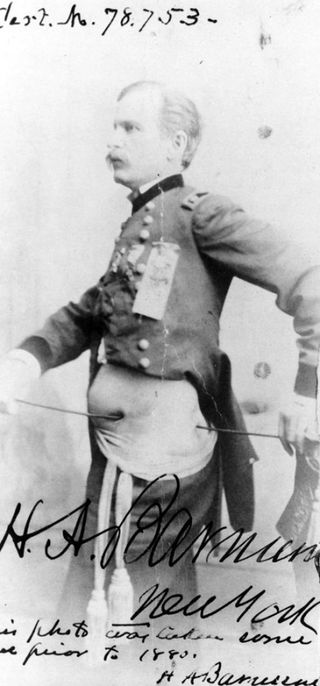
U.S. Army Major General Henry Barnum shows off his war wounds in this 1880 photograph. Barnum was shot through the side in 1862 and later received a Medal of Honor for his leadership.
Arm amputation
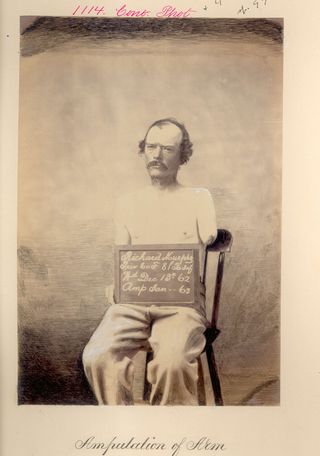
Pennsylvania infantryman Richard Murphy was wounded in December 1862. Surgeons amputated his arm shortly thereafter.
Leg Bone
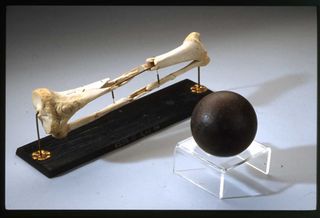
General Daniel Sickles leg bones with a similar cannonball, removed after the Battle of Gettysburg during the Civil War.










